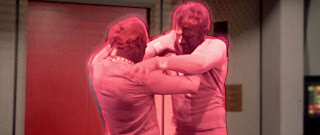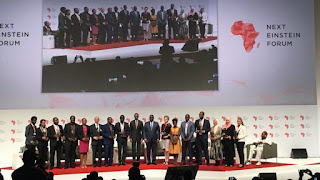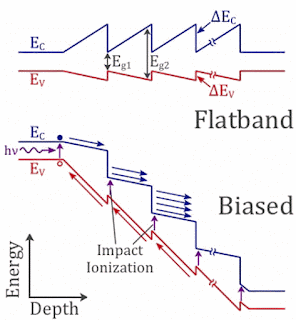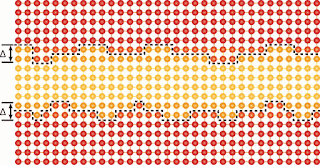Figure 1. How a chemical garden grows. (a) A metal salt crystal at the bottom of a container with an appropriate alkaline solution begins to dissolve. (b) A thin membrane of metal hydroxide particles forms almost instantly, creating a small acidic compartment. (c) The membrane allows water molecules and hydroxide ions (OH−)(OH-) to flow inward through osmosis, which increases the interior pressure and (d) eventually ruptures the membrane. (e) As the buoyant metal–acid solution rises, the membrane immediately self-heals and a stem forms. The inset shows some details of the often fragile tube.
Topics: 3D Printing, Additive Manufacturing, Architectural Engineering, Chemistry
I could see a lot of correlation between what is now in vogue - 3D printing/additive manufacturing techniques and different ways we'll construct objects that say, carry medicinal treatments to targeted cancer cells.
I also thought about those crystal garden experiments I'd bug my parents to buy that they eventually acquiesced to doing...something I still appreciate as much as their presence I still miss.
“I shall never forget the sight. The vessel of crystallization was three-quarters full … and from the sandy bottom there strove upwards a grotesque little landscape of variously colored growths: a confused vegetation of blue, green, and brown shoots.”
That is how a character in German novelist and Nobel laureate Thomas Mann’s Doctor Faustus described the colorful mineral structures that he observed spontaneously growing from crystals placed into solution—an experiment that many readers may remember from their childhood chemistry kits or from classroom demonstrations. (See the cover of this issue.) But those experiments are not just toys: Many related systems are found in nature, technology, and the laboratory. First described in 1646 by Johann Glauber, “chemical gardens” are one of chemistry’s oldest fascinations, attracting even the curiosity of Isaac Newton. 1
Though not alive, chemical gardens do exhibit certain characteristics, including self-organization and the formation of membranes, reminiscent of biological systems. Indeed, in the 19th and early 20th centuries the self-assembling structures were thought to reveal insights into the mechanism of life emerging from an inorganic setting.
Today the chemical and molecular aspects of those systems are well understood, and the research focus has shifted to the physics of chemical gardens. The aim is to quantitatively explain basic features such as the growth speed and radius selection in the gardens. Bigger-picture questions are also being addressed that link chemical gardens to a larger class of self-organizing systems far from thermodynamic equilibrium. In that spirit, researchers are investigating macroscopic growth patterns and dynamical complexities such as relaxation oscillations in the system pressure that can lead to twitching and shape changes.
The physical approach reveals perplexing scaling laws and attracts researchers with backgrounds in nonlinear dynamics, pattern formation, self-assembly, and fluid dynamics. Materials scientists could learn potentially important lessons as chemical gardens create macroscopic complexity and hierarchical nano-to-macro architectures. There is even the possibility of making device-like tubes from molecular processes in a new field of study that has been termed chemobrionics. Finally, by studying chemical gardens that form in geological settings, researchers are again focusing on their role in the origins of life on Earth.
Physics Today: The fertile physics of chemical gardens
Oliver Steinbock, Julyan H. E. Cartwright and Laura M. Barge
1. L. M. Barge et al., Chem. Rev. 115, 8652 (2015). http://dx.doi.org/10.1021/acs.chemrev.5b00014














